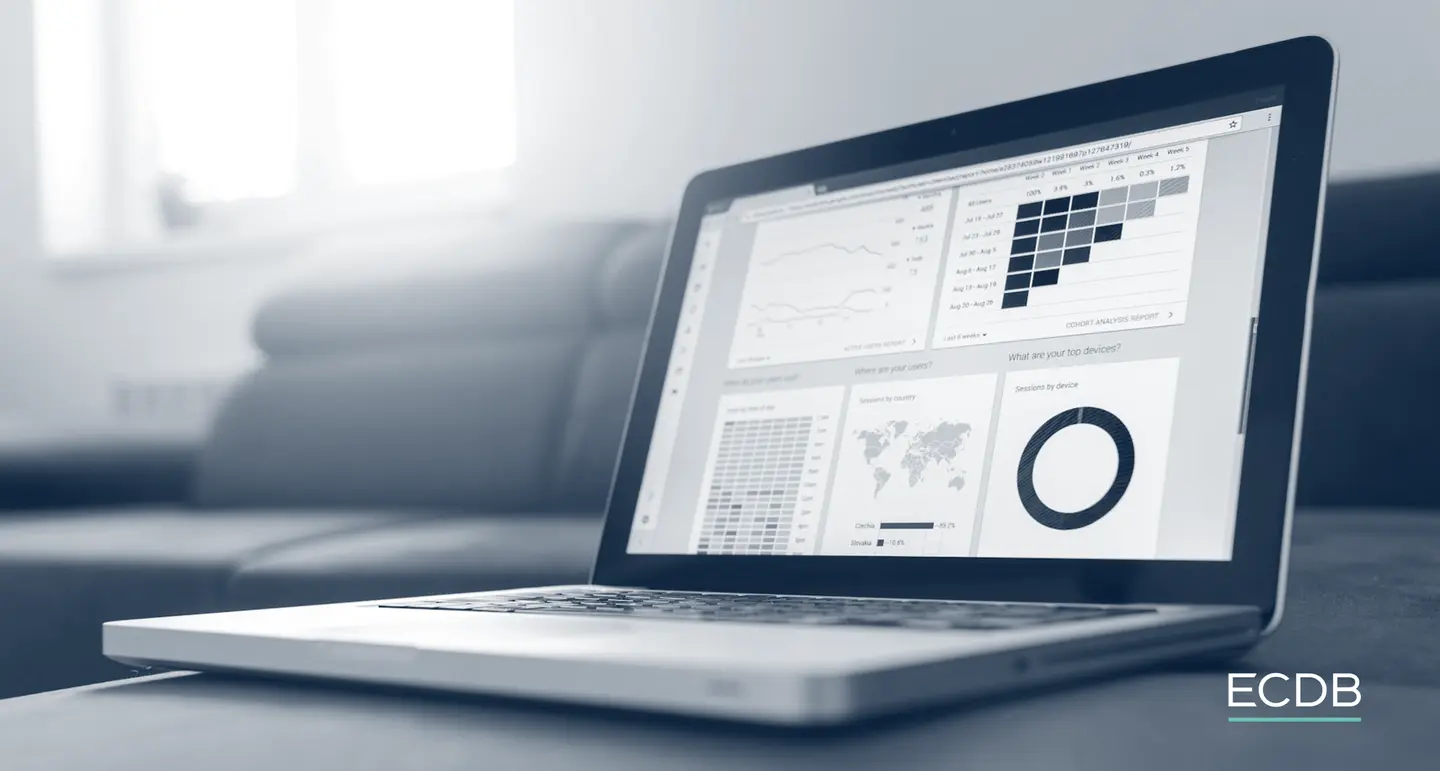Session
Session: Definition, Calculation, Importance
For businesses to learn how visitors engage with their website, the metric called ‘session’ offers vital insights. Learn what it is and how it works.
Sessions are a way to measure how people use your website. By tracking session data, you can learn things like how long people stay on your site, what pages they visit, and what they do while they're there.
In this article, we will explain exactly what a so-called "session" is, how it is measured, and, above all, why it is so important.
What Does Session Mean?
In the context of website analytics, a session or visit is a period during which a user interacts with a website. A new session is initiated when a user opens a new browser window, uses a different device to access the website, or returns to the website after being inactive for more than the specified time (typically 30 minutes).
On the other hand, if a user navigates to other pages on the same website without leaving or closing the browser, these are considered additional page views within the same session.
Sessions can be important to eCommerce businesses because they provide insight into the number of people who are actively engaging with the website. These insights can be useful for tracking a website's traffic and sales, which can help businesses make informed decisions about their website design, user experience, and marketing strategies.
How Do Sessions End?
A single user can visit a website multiple times in a day, week, or month. As soon as one session ends, there is then an opportunity to start a new session. Each visit is called a session, which can end in two ways:
- Time Based Expiration: A session ends by default after 30 minutes of inactivity. However, you can change this setting and make a session last for a few seconds or several hours. For example, a user, let’s call him Peter, visits your website. Google Analytics starts counting the time from the moment he arrives. If Peter doesn't interact with your website for 30 minutes, the session will end. However, if Peter clicks on a link, fills out a form, or watches a video on your website, the session will be extended by another 30 minutes.
- Campaign Based Expiration: A new session starts whenever a user's campaign source changes – meaning, if a user clicks on a link from a different website, a new session will start. Let’s keep the example from before. If Peter clicks on a link from a different website, a new session will start. This is because the campaign source has changed.
Why Do Sessions Matter?
Sessions can help you by answering questions like:
- Are people spending time on my website?
- What pages are they most interested in?
- How are they moving through my website to get what they want?
- Are there any pages where they're getting stuck or leaving quickly?
By answering these questions, you can make changes to your website to improve the user experience.
Key Session Metrics
Several metrics based on session data are used in website analytics to analyze a website’s performance and its user engagement. These include:
- Average session duration: The average amount of time that visitors spend on a website during a single session.
- Bounce rate: The percentage of visitors who leave a website after viewing only one page without further interacting with it.
- Page views per session: The average number of pages a user views during a single visit to a website.
Analyzing these metrics helps website owners understand how effectively their site is engaging visitors and identify potential areas for improvement.
Session: Key Takeaways
- A session is a group of interactions that a user has with a website, tracked to improve traffic, sales, and design. A session can end due to inactivity or a change in campaign source.
- Analyzing session data helps you understand user behavior and make changes to improve the website experience.
- Key session metrics like average duration, bounce rate, and page views per session help website owners understand user engagement and identify areas for improvement.





